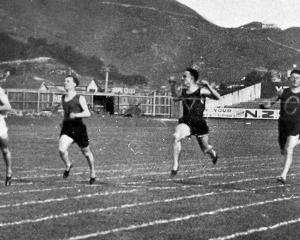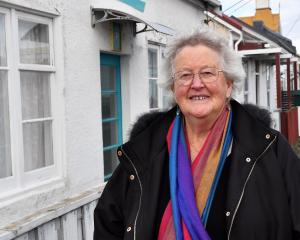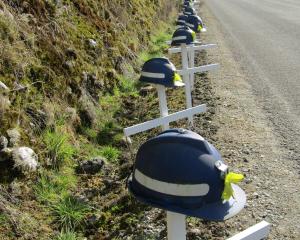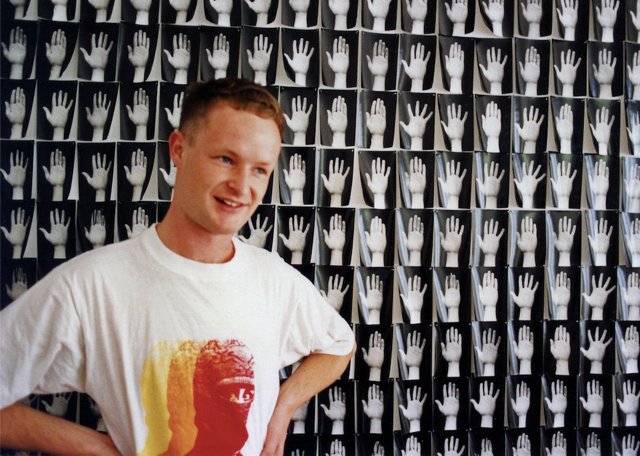
Having a needle phobia, Anna McLean disliked hospitals as a child, in fact she disliked anything medical.
"There was a certain smell that would just make me pass out in hospitals."
Yet the grown up McLean has a fascination for a New Zealand artist whose work is strongly based in the social impacts of modern medical theory.
Giovanni Intra (1968-2002) was an artist, critic, writer and gallerist in Auckland and in Los Angeles, California, whom McLean discovered when searching New Plymouth’s Govett-Brewster Art Gallery archives for something interesting to write about.
An intern at the time, she came across the "Needle in Glove" (1993) black and white photographic series which feature a black leather glove and syringes.
"It got me interested once I realised how he’d died. He died of a heroin overdose. It alluded to his fascination with drugs and Western medicine."
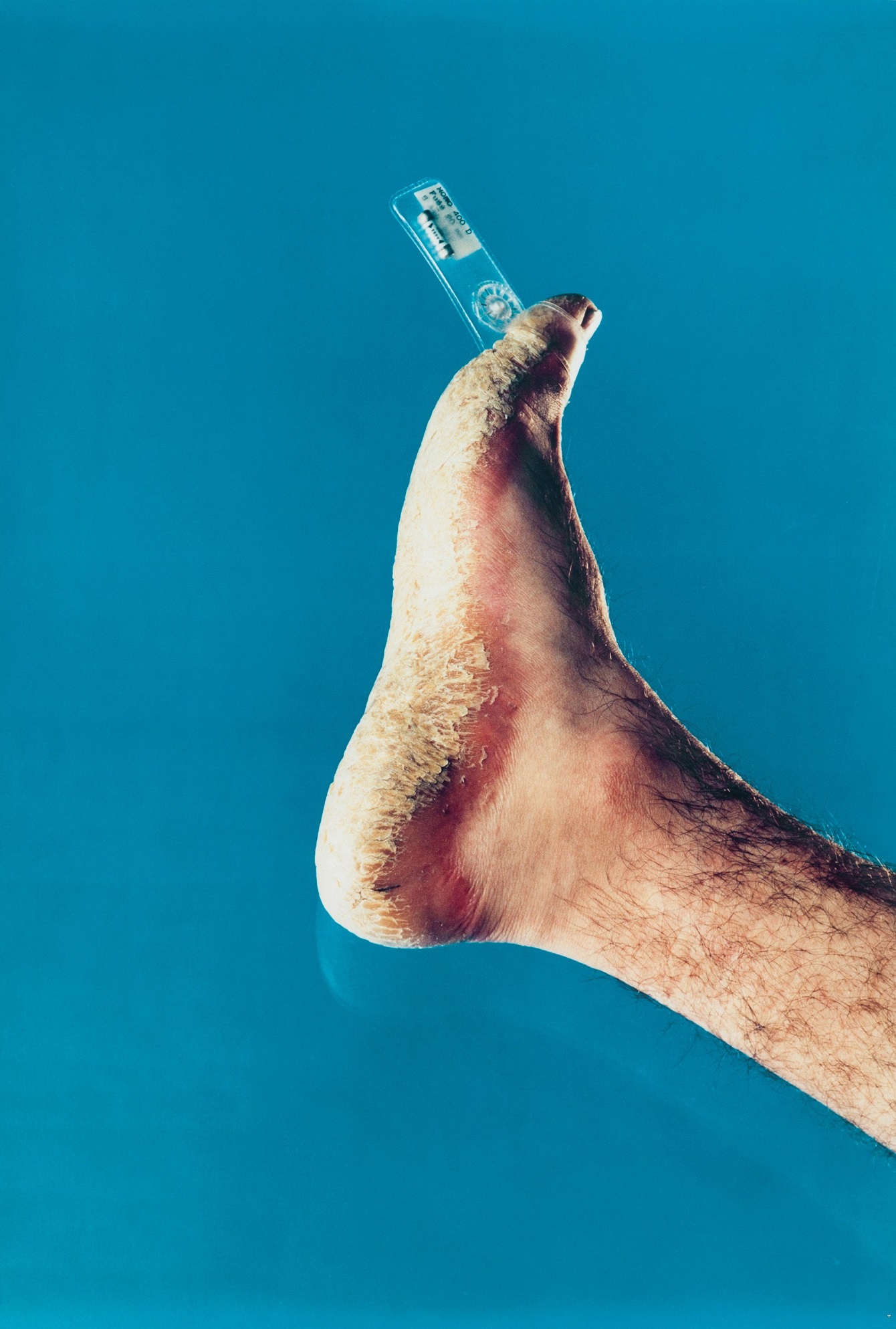
"That is when I really delved into his practice and ideas. It was very intimate and personal, but also really fascinating as to what his ideas were. I wondered why I hadn’t heard of him at art school."
Dunedin’s Hocken librarian Catherine Hammond was managing the research library at Auckland Art Gallery when Intra’s collection, including notebooks filled with ideas and drawings, clippings of his art reviews and photographic negatives, was deposited in 2007.
It included material from his years in Los Angeles, where he had moved to in 1996 on a Fulbright Scholarship and would go on to open influential gallery China Art Objects in Chinatown. A few years later Auckland Art Gallery also received archives from Teststrip, the Auckland artist-run gallery Intra helped establish on Auckland’s K Rd in the mid-1990s.
Like McLean, Hammond was also intrigued by this artist from New Zealand who had developed an international art career.
"Intra is an unusual figure in New Zealand’s art history in that he was so multi-faceted. Today, we might have called him an "influencer" — from the time he was a student he was able to see and set trends. He developed a wide network in the contemporary art world."
For McLean, who came from New Plymouth for the Dunedin Public Art Gallery curatorial internship, the archives gave her an insight into his critique and findings on medicine and the way the role of medicine in society is not really questioned.
"It makes you think about the authoritative nature of medical science and pharmaceuticals."
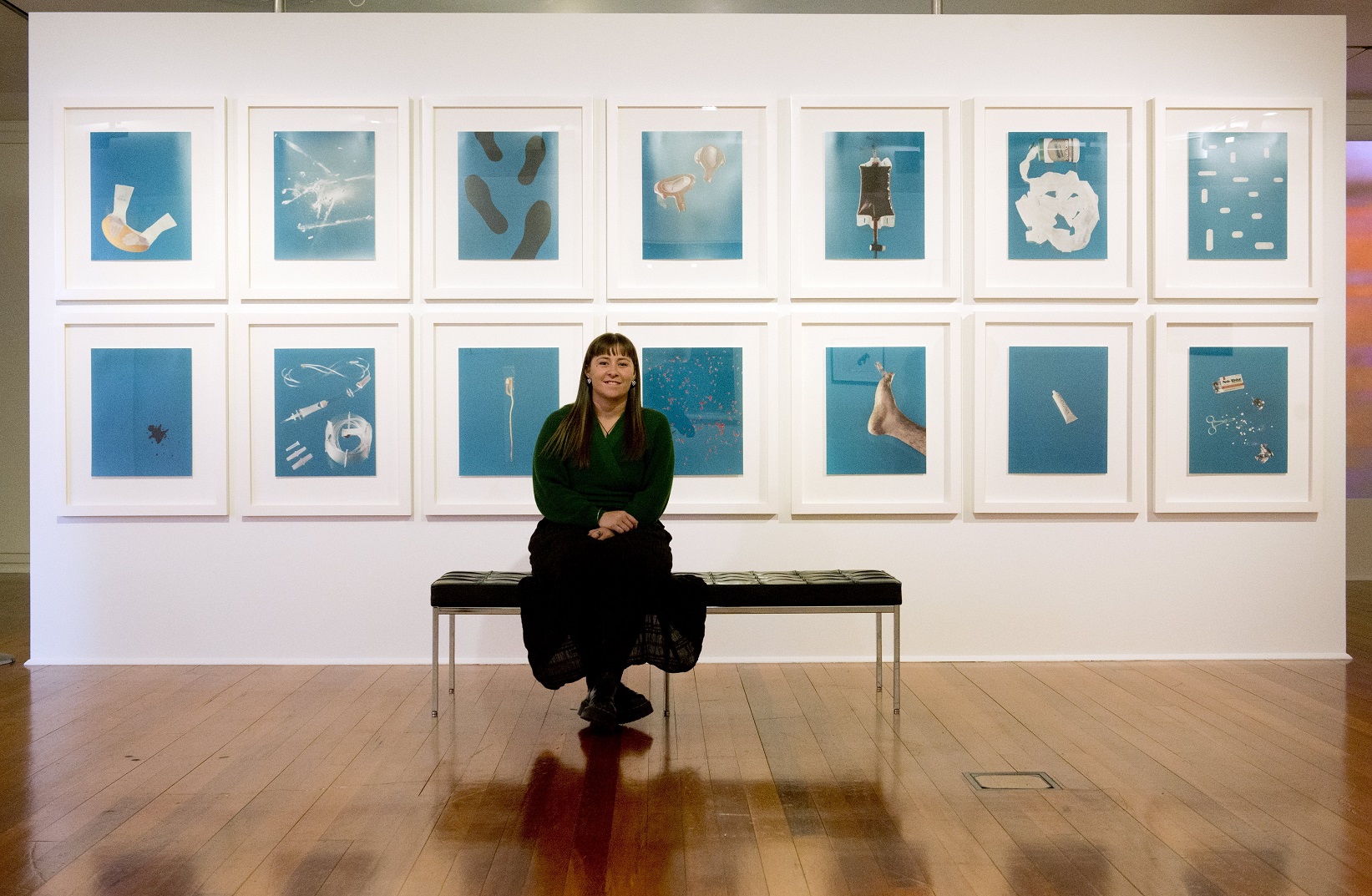
"He was very intelligent, almost too intelligent. I read through his master’s thesis which compared medical photography to surrealism in contemporary art."
Intra also liked to collaborate, calling on technical help for his work.
"It was a credit to him and the aura he had, in the way he dealt with other people. A lot of articles I’ve read talk about him being a big force in a room."
Teststrip, a very well-known gallery of its time, is an example of that, she says.
"Everybody would say he was the main source in that. Everybody could tell he could bring out all these crazy ideas."
As she dug deeper into Intra’s life she became more "obsessed" especially as she uncovered more random facts about his life — such as how he befriended rapper Dray in a restaurant and that China Art was the result of an idea formed at a desert rave.
However, despite all her work, she never thought she would have the opportunity to present her research but found the Dunedin Public Art Gallery, which holds five of Intra’s works thanks to the Jim and Mary Barr Collection, was happy for her to do so for her internship exhibition.
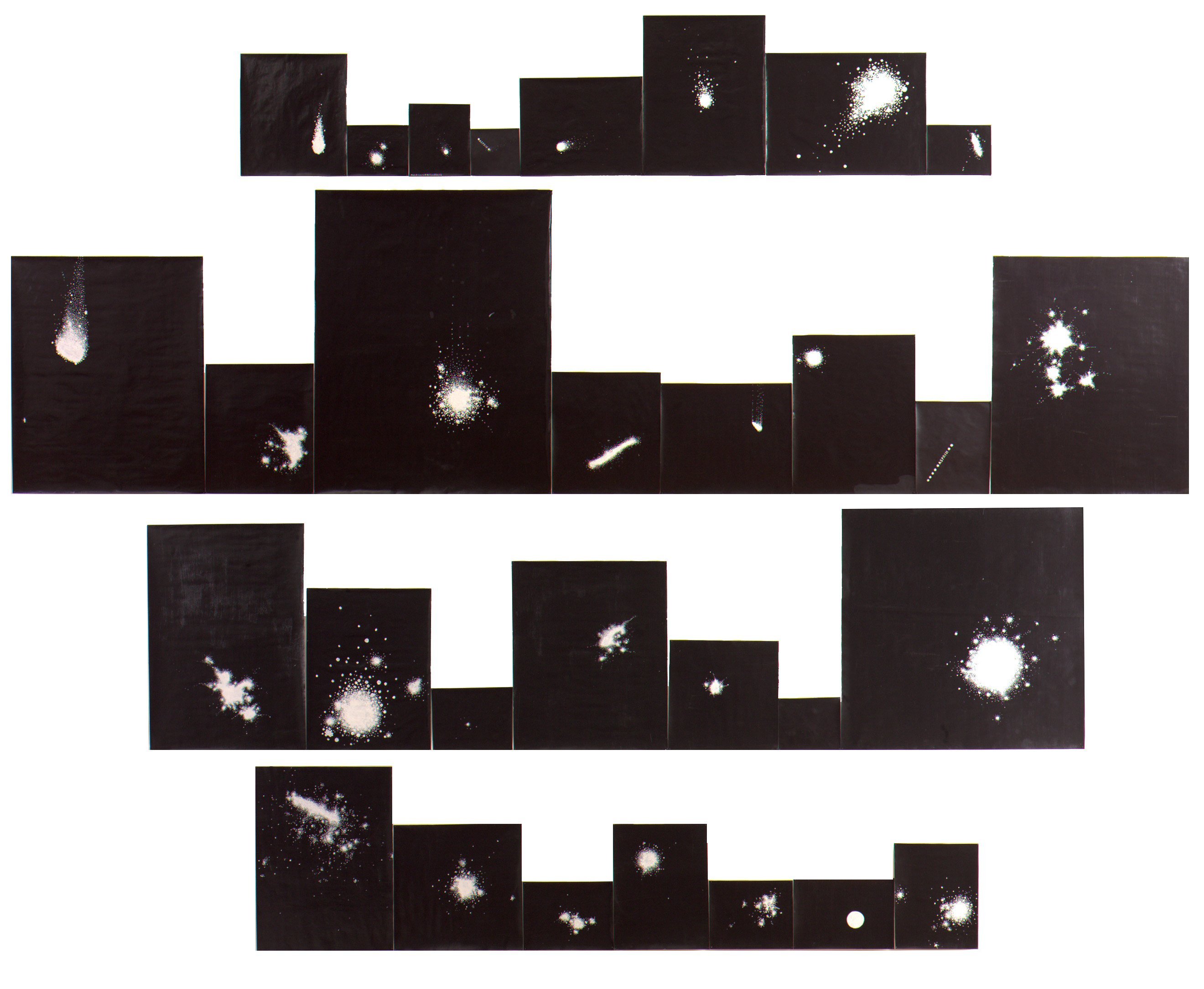
She also saw a link with Dunedin’s punk past in that Intra did his master’s thesis which compared punk religion to medical theory.
"I thought that was quite fitting."
While Intra’s writings have been documented in the recent book Clinic of Phantasams: Writings 1994-2002 edited by Robert Leonard, there had not been a similar retrospective speaking to his art practice with significant research behind it so she hoped her exhibition helped fill some gaps.
Hammond agrees, saying the exhibition reveals Intra’s talent as an artist. There are very few Intra artworks in existence, and even fewer in public collections. As a result he rarely appears in exhibitions, let alone one dedicated to him.
"This is a chance for a whole new audience to experience his work. The magic of the archive is that it contains the raw material of a life and work which enables new generations of curators to refresh, re-interpret and re-contextualise their contents, as Anna McLean has done with this exhibition."
McLean admits pulling together the exhibition has not been without its challenges as due to the emphasis on his death there is still a lot of hurt around it.
"There is a lot of caution around presenting his work because his friends are really loyal to him and feel like they own his work and his ideas which has been very evident in this process but I don’t think it is a reason not to present his work. The critique from that is quite useful.
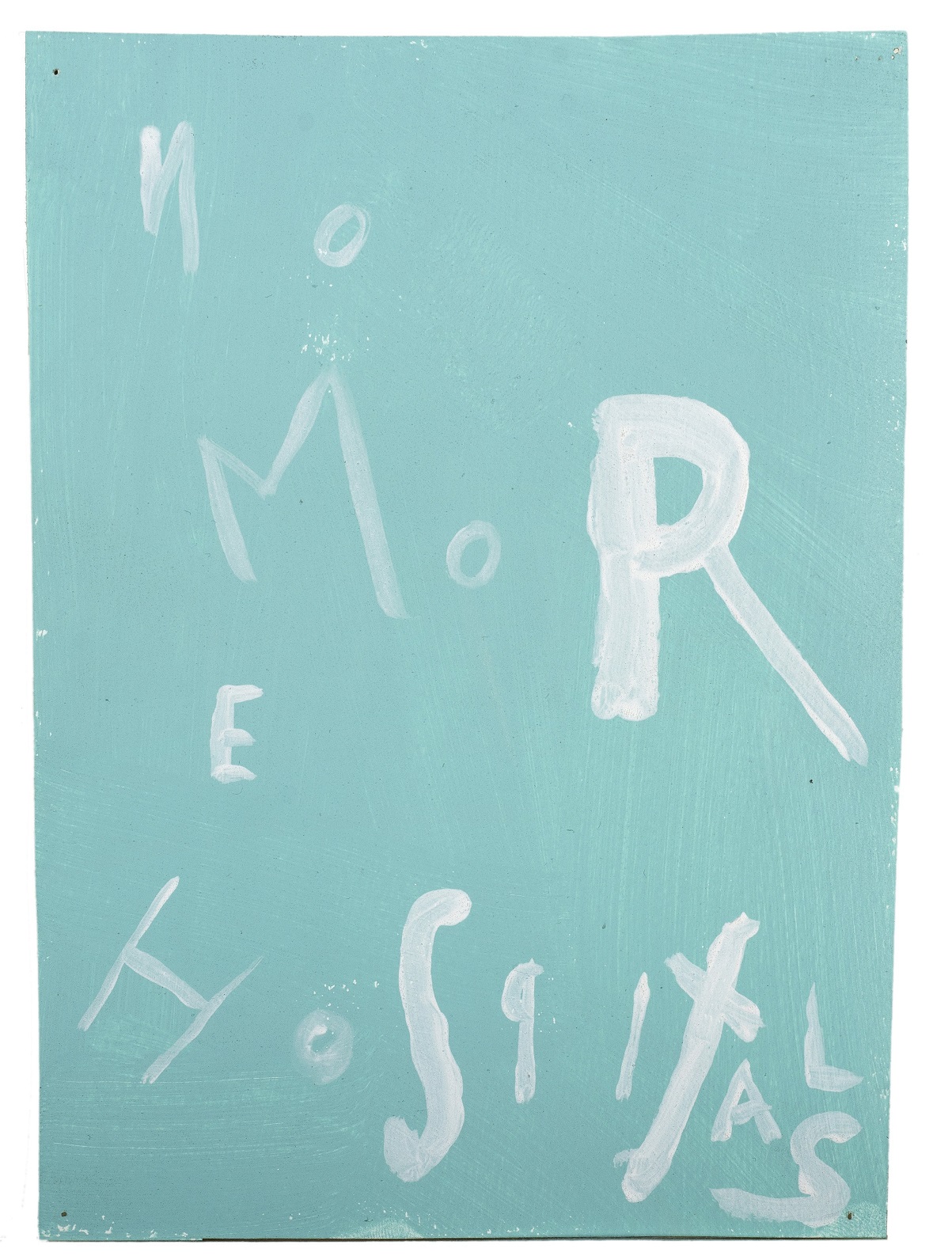
A highlight of exhibition for McLean is a series of works based on stations of the cross which may not have been shown in full in public for 30 years. It was last shown in Wellington’s Brooker Gallery in 1994 and Auckland’s George Fraser Gallery.
There are 14 works in the series "Unrequited Passion Cycle" (1993) but McLean has only been able to find one resolved work owned privately. So the works have been reproduced from negatives from the Auckland Art Gallery archives with the permission of Intra’s estate and the help of photographer Ann Shelton, who was a close friend of Intra’s at the time, and helped him realise a lot of his works through technical photographic assistance. The series was made in Elam Art School’s dark room.
"They are contemporary medical takes on the work and one has been printed separately to be seen on its own, a giant inflamed foot made to look like a medical cadaver, to represent the time of Jesus’ death and puts a contemporary spin on it, asking what would happen in today’s context if Jesus died — would he be put in the morgue or subjected to pathology reports?"
That work Best After 33AD references Jesus’ age when he died and Intra was only a year older when he died.
Shelton has also assisted with insight into Intra and ensured the works were reproduced to the quality he would have wanted.
"That series speaks to the idea of the exhibition concept the best, in placing medical photography and medical imagery at the forefront of them. All the objects are on medical glass plates to appear as if they are floating."
Other objects in the work include medical examples of two wombs and a medical kidney dish with two white gloves which was to represent Pontus Pilate washing his hands of guilt after condemning Jesus to death.
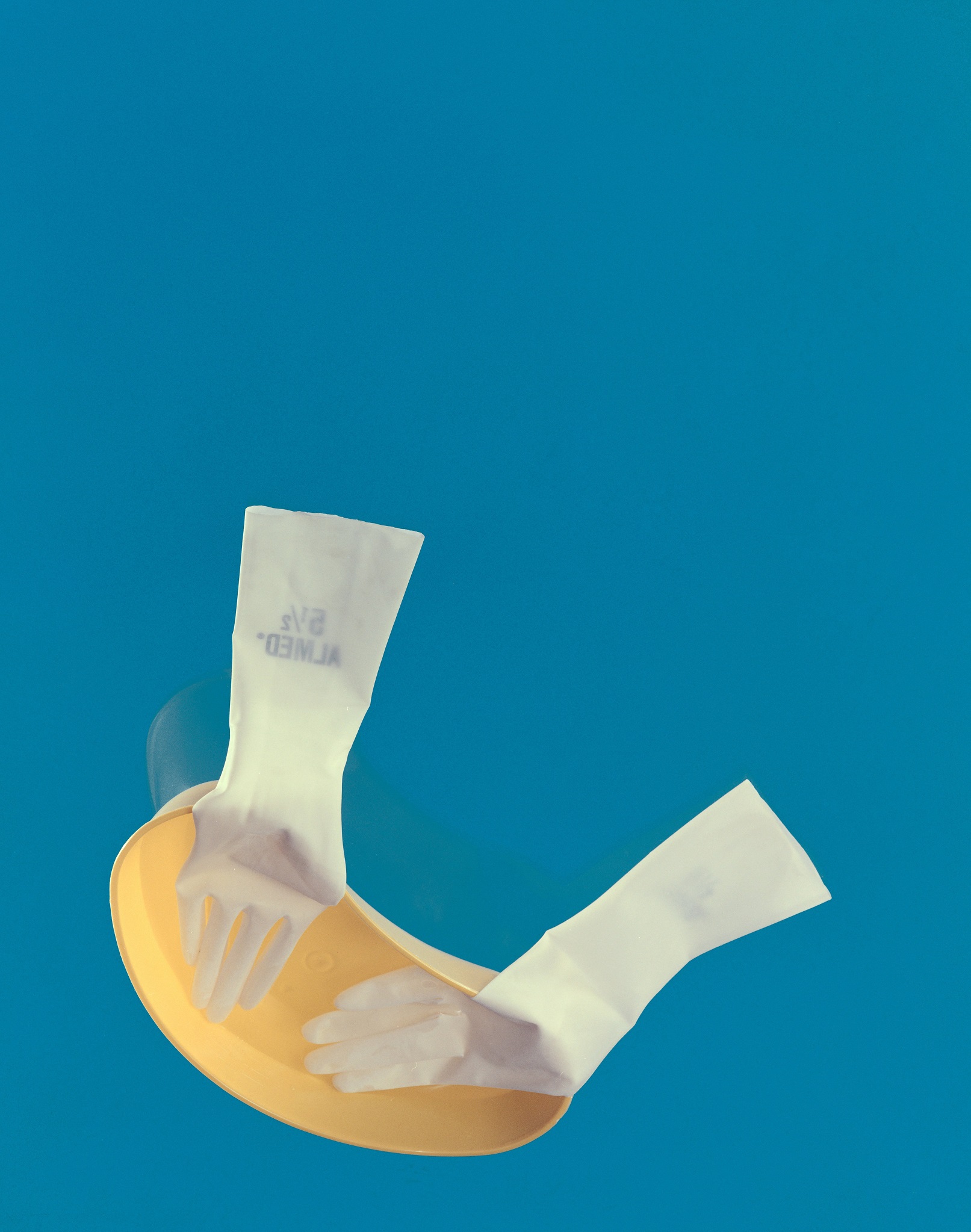
While most of Intra’s art works were created in New Zealand, one work that will be exhibited, a red velvet piece with Tylenol embroidered on it, was not actually made by Intra himself. The artist, who was living in Los Angeles at the time, faxed his New Zealand dealer Hamish McKay (Hamish Mckay Gallery) in Wellington with instructions for three works to be created with the words "Hollyweird", "Advil" and "Tylenlol" embroidered on them.
The colours in his works also reflects those used in medical science, she says.
"Hospital green was invented to oppose the red and white of medical places and Tylenol, when it first came out in 1955, was marketed towards children as an alternative to Advil for ‘little hot heads’ with a fire truck in the labelling."
These days McLean has got over her hospital and needle phobia and now finds hospitals fascinating places to visit.
"I get excited as it becomes like an art exhibition, in a weird way the hospital is the gallery."
TO SEE:
"Giovanni Intra: Side Effects", Dunedin Public Art Gallery, March 16-August 25.

